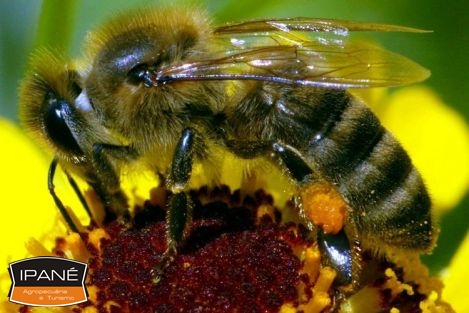
Bees and honey

A 20ha eucalyptus forest is home to our 30 bee colonies. 10 bee colonies are of our local honey bees (Apis mellifera) and 20 bee colonies are a cross with the so-called African killer bee (Apis mellifera scutellata). This combination provides an amazing honey.
Four things are typical for this species:
- the quality of the honey can be categorised as superior
- the honey yield exceeds the yield produced by the Western honey bee by up to 40%
- very high resistance against diseases
- higher aggressiveness

Africanised American honey bees are honey bees in the tropical and subtropical areas of the Americas. They are a result of the mixture (cross) of bee colonies farmed by apiarists with occasionally added European queens and drones of dominant wild African bee colonies. Both these hybrids and the wild bees are often called "killer bees" due to their aggressiveness.
The honey bee had not existed in the Americas before the Europeans arrived. Nevertheless, the natives, e.g. the mayas, produced honey. This honey derived from species of the stingless bees (Meliponini) which are related to the honey bees. During the colonisation, European honey bees, especially German or Italian breeds, were introduced. In tropical climates, these bees did not turn out to be very efficient. Therefore, the Europeans tried to increase the efficiency of the bees by crossing them with African bees.